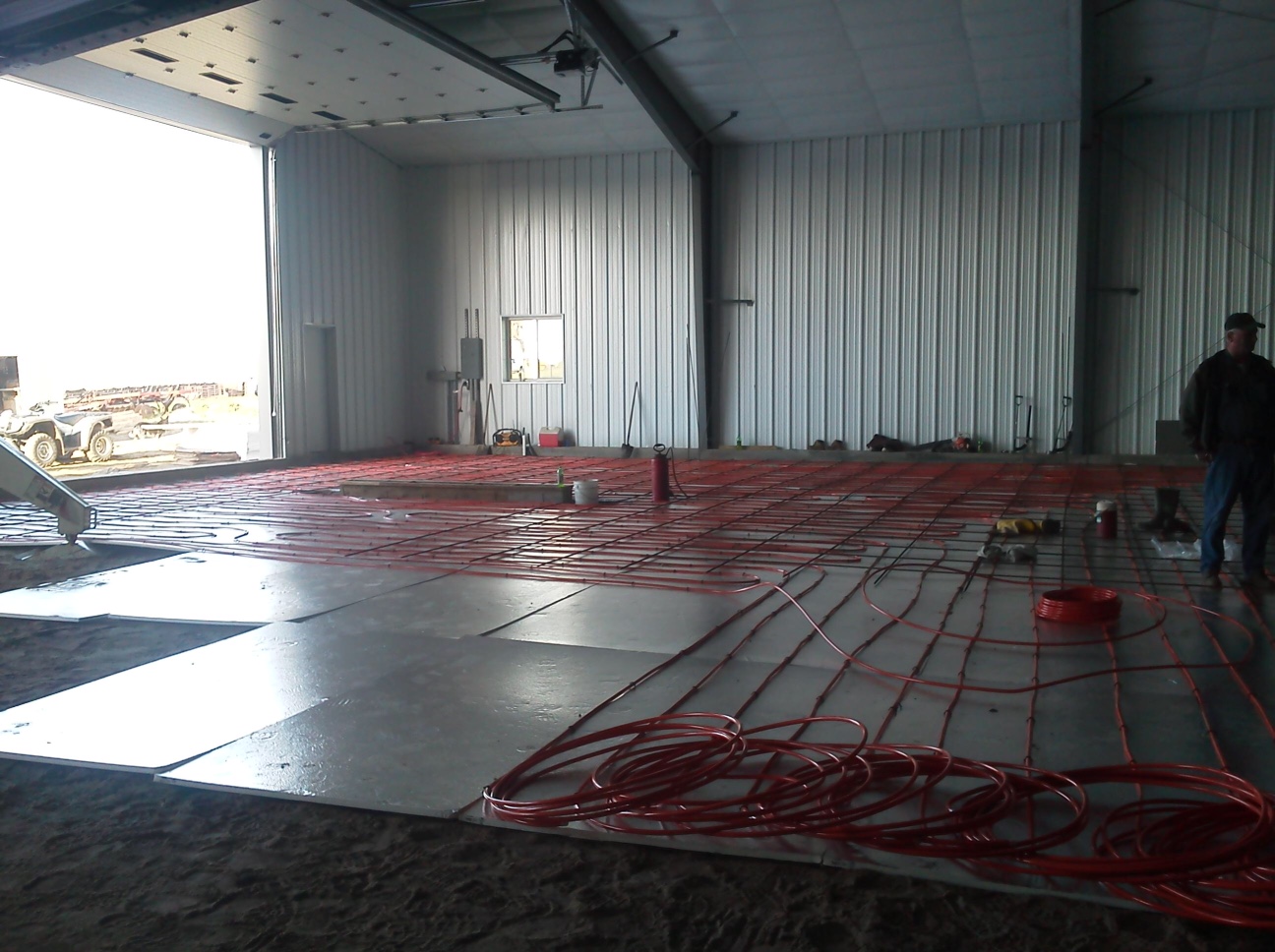
"heated wires in the floor that warm the air in the room above." "Radiant heat is effective because it heats the air rather than blowing warm air throughout your home." "The air is warmed because of the radiating heat" "The floor material then radiates off the heat into the cooler surrounding air" RP876 Impact of Surface Characteristics on Handbook-HVAC Systems and Equipment, Section 6,įisher, D.E., Lindstrom, P.C. Radiant floor heating and radiant ceilingĬooling exchange between 50% and 60% of theĮnergy via radiation ergo they, by ASHRAE definition Transfer most of their energy by radiation. Reduced influence on air density, ergo they Provide marginal convective transfer ( <10% +/-) due to Systems and radiant cooling floor systems (i.e., in space fans), radiant heating ceiling Predominately convection and the latter by We suspect theĪuthors have confused "baseboard" systems with They go on to state that these systems should beĬalled convective systems. Internet which claim that radiant systems suchĪs floors are not radiant systems at all, further Temperature-controlled surface takes place by Here's what the ASHRAE Systems Handbook says, "A temperatureĬontrolled surface is called a radiant panel ifĥ0% or more of the design heat transfer on the Orientation of the radiant panel (wall, floor, or Heat transfer coefficients (HTC).this differenceīetween HTC values is based on the differences inĬonvection, and the amount of convection is aįunction of the enclosure performance, room Maximum of 60% of their heat by radiation the Keep reading below for other amusing statements and claims.įloor heating systems deliver only about a Pipes aren't made of polyurethane nor are floor furnaces even close to underfloor radiant systems. there were so many unbelievable statements at this eHow article it's easier for us to advise readers to avoid any article that mentions 'polyurethane' pipes and 'floor furnaces' in the same breath. If air movement were a prerequisite for thermal comfort you would feel cold while sitting in the sun on a calm day.does that makes sense to you? Of course not. Air movement it is not a prerequisite for thermal comfort. Also you don’t need to move air for thermal comfort. When the blower is ‘on’ it is good – when it is ‘off’ it is less good – translation: if the indoor air quality system in your home is rendered useless by controlling thermal comfort it is IMHO dysfunctional. When designers use exclusively a furnace to move ventilation air, the ventilation air efficacy is a function of the on/off cycles of the blower. Such systems have the highest efficacy of all ventilation systems. So what radiant systems do is enable the use of balanced 100% dedicated outdoor air systems such as HRV/ERV’s. Just because you have radiant doesn’t make you exempt from building codes – you still need to ventilate…and that takes air. I’ve never understood these comments since ventilation is required regardless of what type of HVAC system you have. With radiant you’ll have stale air because nothing is moving the air around, or you need to have a furnace to move air around, or you need to move air to provide thermal comfort. Or forced air – neither of these is wet or dry Independent of the heating system be it radiant To measure the coincident condition is with bothĪll of this is to point out that the moisture is See why radiant heat in of itself cannot be described asĭry? When people state, "Radiant heat is dryĬondition of moisture and temperature. Is dry heat" - how can this be when clearlyĬonditions exists in Hawaii where it is wet? So now do you Hygrometer describes the moisture as beingĬonsider the warm and wet rain forest of HawaiiĪnd the hot and dry conditions of the Saharaįrom the sun so using the incorrect logic of "radiant heat Terms of hot and cold using units of ☌, ☏ Indicates temperature as being between subjective Temperature, it and moisture are measured withĬompletely different instruments respectively a There are no units in science toĭescribe radiant as dry. “radiant heat as dry” would be like sayingĮnergy is dry.

“forced air” or "electric" but in this case they are referringĪ form of energy, moisture and air are not. Water, aka “hydronics” or without water, aka

Use wet heat vs dry heat to compare systems using List of research citations on radiant cooling and heating.) thanks to our readers for sending these myths in Wring out the last bit of joy right up until each mythīelow is the current list of actual internetįrom various "expert sources" of information. It has brought me countless hours ofĮntertainment and wonderful nastygrams and I hope to Up individuals to explode/implode than any other thing I've

Mythology: 22 Myths About Radiant Under FloorĢ004 this single article has caused more tightly wound Notice: We're running it again, Integrated HVAC Engineering: Mastering Comfort, Health, and Efficiency. How myths about low temperature radiant heating and high


 0 kommentar(er)
0 kommentar(er)
